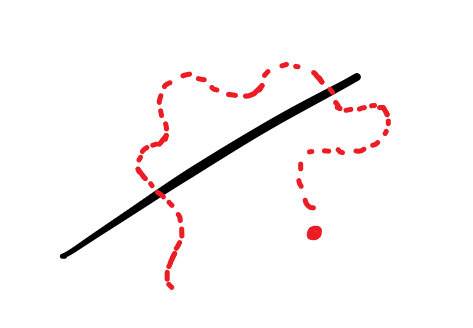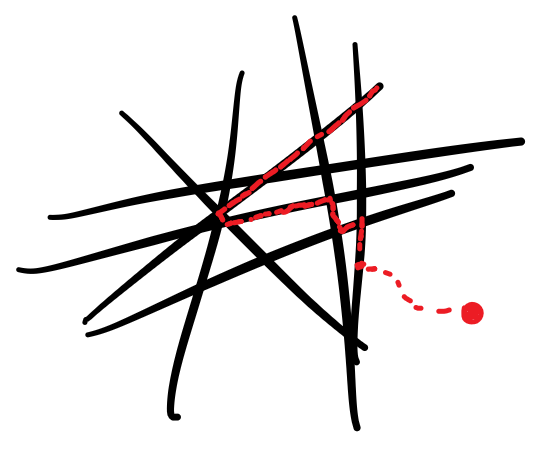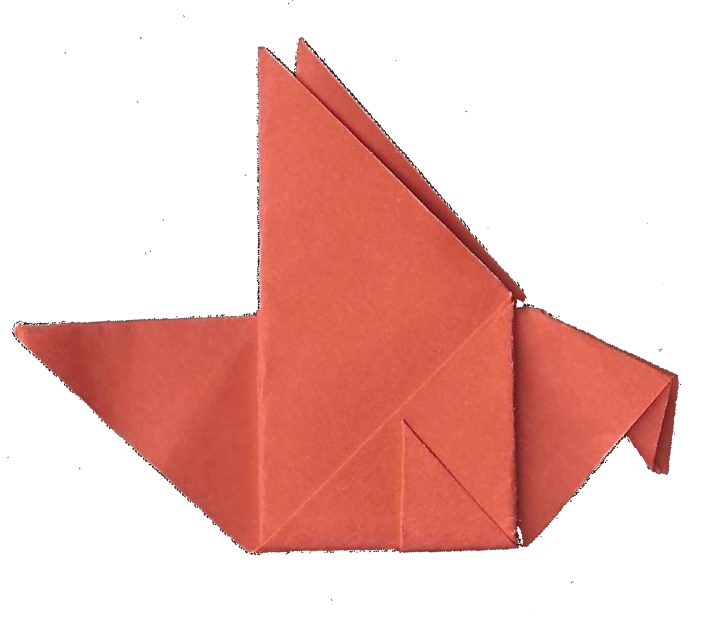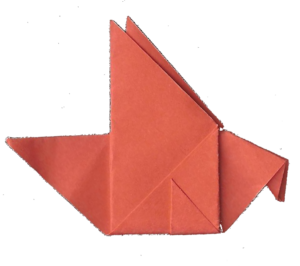Neurons that fire together wire together
Donald O. Hebb
This biological fact will be the starting point for this post about remembering. Remembering more of what you’ve read is actually very simple. Higher Engagement = More Remembering. Additionally, we want to engage in various ways. Why do we want to do that? Well, I like to see how learning and remembering work in our brain, like this:

See the book you’ve just read as this one line on a plane. This plane is our brain. In this case, the line is very lonely and doesn’t get visited by Attention, the nourisher, who seems to be wandering around randomly. Even when Attention comes close to the line, it just steps over it. This line is destined to fade away over time, purely out of loneliness. Who would not want to fade away when it gets ignored that much?

We need to give our line some friends. These friends will form interesting intersections with our line. These other lines can assume many forms: other related books, drawings, habits,… What will happen now is that Attention will find one of the lines, hop on it, and walks over the line like on a tightrope. Attention gets really excited when it sees an intersection. It will hop enthusiastically onto the next line and will follow that line until there is a new intersection. Chances are one of these lines will be the book we’ve read.
Now that our book gets visited by Attention it gets nourished and will form stronger connections with the other lines. Because of that, we will remember what we’ve read way easier and it will come to us spontaneously when we need it.
Here are some ways to construct these helper-lines:
Draw
How can we use drawing to remember our books? First of all, we can doodle in our book. When you envisage something very vividly while reading, try to sketch what you imagine on the sidelines. It’s often easier to bring a drawing before our mind’s eye than a piece of text, even though both contain the same information. See it for yourself: What is easier to recall: The above drawing of the lines or the text which explains it? Drawing is also very fun to do, even if you aren’t proud of your drawing skills.
Mind map
Secondly, you can try to make a visual summary of the book after you’ve read it. I especially like this in the format of a Mind Map (you can find an example in my post about Show Your Work). There are many great sources out there why Mind Maps are so interesting and how you can do it (my source Tony Buzan’s Use Your Head), so I won’t go too much into detail here.
Do it!
Take action. Apply the concepts of the book. Experiment. This might be very straightforward for practical books because they guide you step by step on what you need to do. For more abstract books it might be trickier, but I’ll leave it to you to be creative with it.
To give a personal example. A while ago I’ve read the book Digital Minimalism by Cal Newport which gives very practical advice on how to use technology like social media, mail, laptops, and smartphones. Applying the concepts of the book in my daily life was not that easy, but it had a profound impact on my life. I can guarantee you that I’ll never forget that book.
Talk about it
When you’ve finished a book, try to think of at least one person who might benefit from reading this book and then recommend it to that person. When the person will read it too and talk with you about it, you’ll make a lot of helper-lines in your brain. You’ve probably also helped that person, or at least challenged their current ideas.
Your Turn
I’ll be generous this time and give you a choice: Do or Draw? Apply the concepts of the last book you’ve read to your own life. If it is impossible for some reason, try to visualize the concept by making a drawing.


